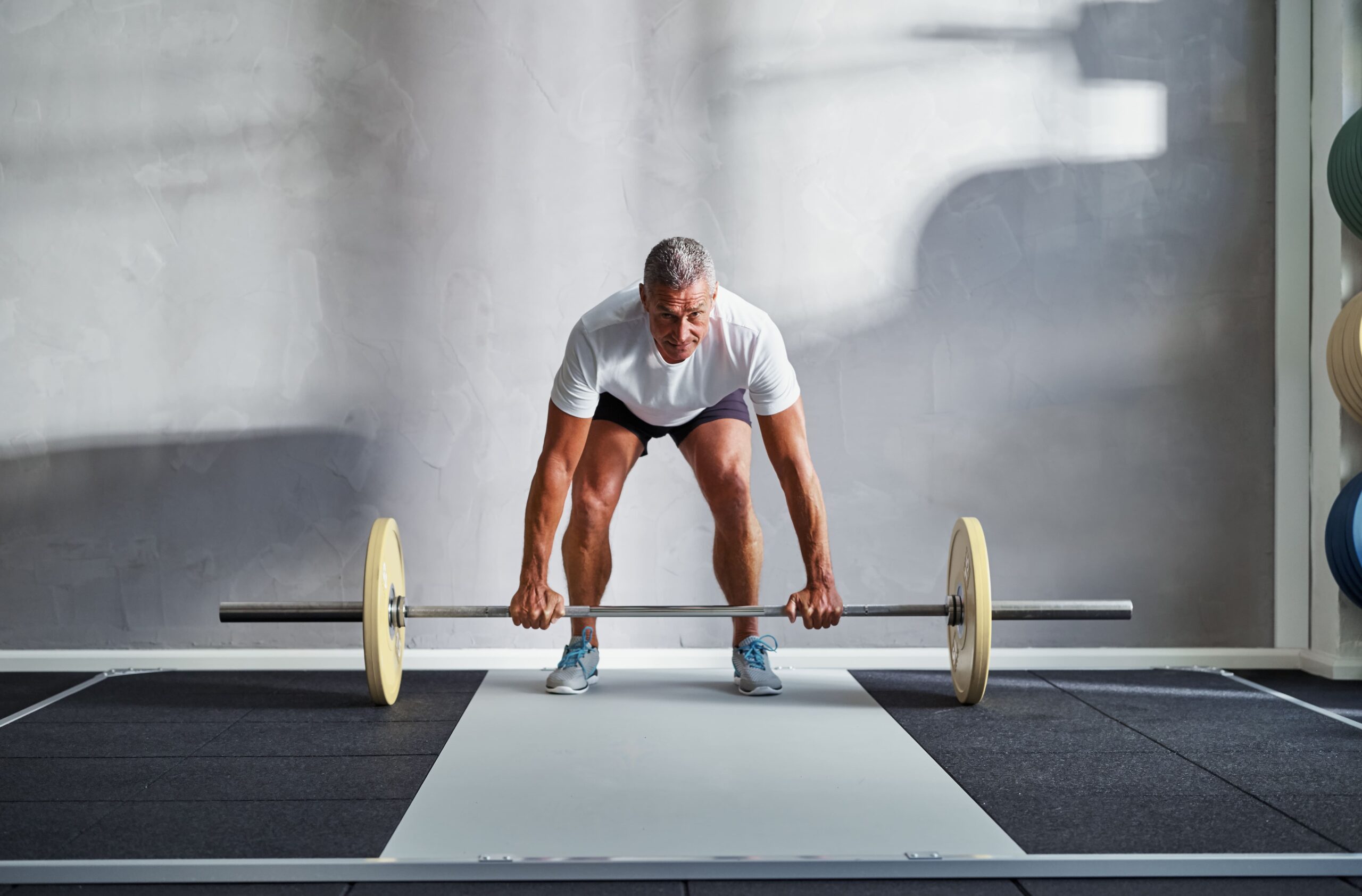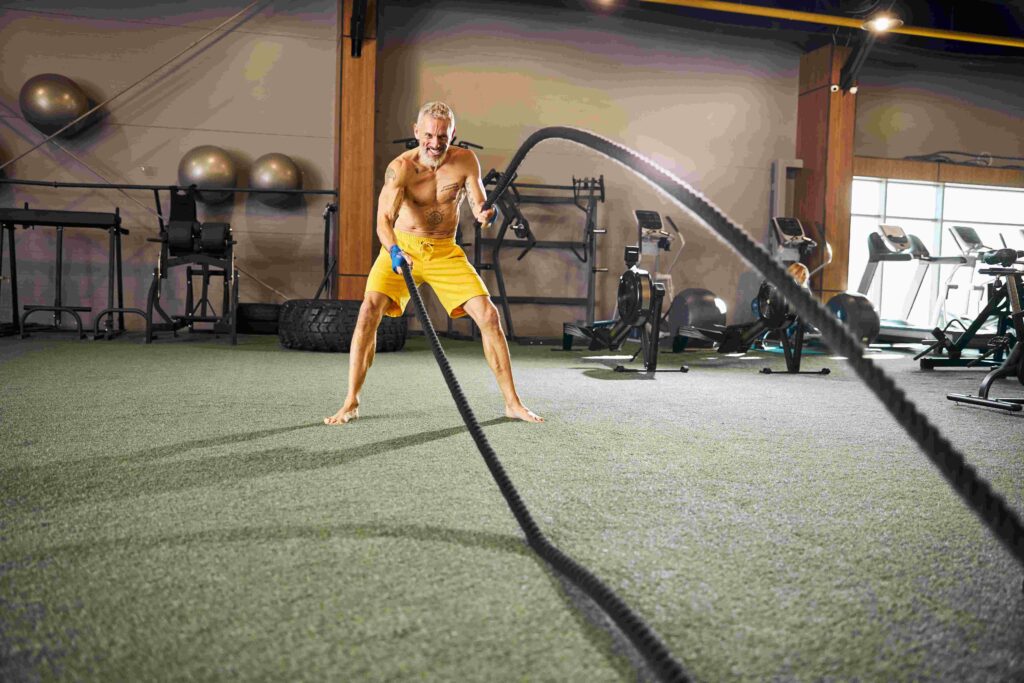Building muscle is not a question of age

At 30, things keep going downhill. Muscles shrink, energy decreases, and more and more fat accumulates in the body, especially around the belly. But fortunately, that happens just if you don’t do anything about it. Because effective muscle building is possible at any age and, above all, advisable. Here’s everything you need to know:
What is actually sarcopenia?
In fact, the human body is at its most efficient between the ages of 20 and 30. Even a pronounced lack of exercise can still be masked to some extent. But by the age of 30, things start to go downhill rapidly, especially muscularly. The scientific term for muscle loss in old age is sarcopenia. Sarcopenia is a progressive and general skeletal muscle disease associated with accelerated muscle mass and function loss, with increased negative consequences such as falls, loss of function, frailty, and even mortality. But the good news is that the decline in physical performance is not an inevitable fate; we can prevent it for a long time and slow it down significantly into old age. This is especially true for muscle building.
Age is not to blame for this
Scientific data show that muscle mass steadily decreases with age. This process even starts surprisingly early. But there is no predetermined set point for muscle loss or age-related triggers. There is no inflection point at which muscle mass suddenly declines at an alarming rate. Instead, it is a slow, steady, and gradual decline over time. For example, many world-class athletes are between 30 and 40 years old. Therefore, it is essential to know that age is not the main factor in muscle and strength loss. Recent studies even show that muscle tissue is hardly affected by aging processes. Sarcopenia only occurs with sedentary work and too little exercise.

Above all, we have muscle building in our own hands
A recent study has shown that only ten to 20 percent of people in western industrialized countries get enough exercise. It is therefore not surprising that far more than half of the people in these countries are overweight. Too little exercise and too many calories from wrong sources are the leading causes. But it is not difficult to be in top shape at 40, 50, 60, and even 70 and 80. Especially muscle building is possible at any age. A study of top athletes found that people who continued to train between the ages of 40 and 81 showed no significant loss of lean body mass or strength.
This is what the scientific data shows
- Research published in 2000 showed no difference in muscle growth rates between 20-year-olds and 70-year-olds. This is also independent of gender.
- In a study conducted in 2009, researchers were able to prove that 60-year-olds were able to build up just as much muscle and strength during a four-month strength training program as 20-year-olds.
- The same conclusion was reached in a recent study involving subjects aged 20 to 76. Again, all participants responded similarly to maximal strength training, regardless of age.
So building muscle is not a question of age
Well-structured strength training adapted to individual abilities, and a balanced diet can keep you young into old age. And very important: It is never too late to start training, but always too early to stop! So here’s what you should watch out for:
- If you haven’t exercised for more than six months, you should train as a beginner first. The ideal is strength endurance training with low weights and high repetitions. More about this here.
- You should also train according to your age and individual abilities. Therefore, training under professional guidance in the initial phase makes sense.
- At an older age, doing compound exercises using many large muscle groups is advisable. These include squats, lunges, deadlifts, bench presses, push-ups, and planks.
- Just as critical as the load is the recovery periods. Three muscle-building workouts on non-consecutive days are ideal.
- In addition to strength training, it is also advisable to train endurance.
Extra tip: You should train your grip strength
Don’t be surprised; it’s a well-intentioned tip: The link between grip strength and healthy aging is well established. Higher grip strength in older adults is associated with lower premature mortality, less development of disability, and shorter hospital stays after injuries and health problems. There is also a strong correlation between grip strength and higher strength levels. In addition, grip strength training appears to be able to slow age-related declines in mental performance. This is because there is a correlation between grip strength and cognitive function in older adults. How you can train grip strength is here.